Acne is a common inflammatory skin condition and is most common between the ages of 12-19 years. Get all the information you need below.
Acne is a very common inflammatory condition involving the blockage of pores in the skin (technically pores are called “pilosebaceous units”).
Acne most commonly occurs during the teenage years and can be very distressing, painful, and embarrassing. Acne frequently starts around 12-14 years of age, and peaks around 16-17 years in females, and 17-19 years in males. Sometimes acne can persist, or even appear for the first time, in adulthood.
There are hundreds of sources of information about managing acne. The following information has been prepared with GPs and dermatologists who treat acne on a daily basis.


Acne occurs when there is a blockage of a pore by dead skin cells, an increase in natural oil (sebum) in your skin, and the growth of the bacterium called C. acnes (technically called Cutibacterium acnes) formally known as P. acnes (Propionibacterium acnes).
If you have acne, all three processes are happening in your skin at one time, causing inflammation around the pore i.e. pimples.The interplay of these factors, which can accompany the natural surge of hormones in adolescence, results in the various acne “lesions”, commonly known as spots and pimples.
Our What you need to know about acne booklet has been prepared with GPs, dermatology nurses, and consultant dermatologists to help you understand your condition, treatment options available and find useful tips to manage acne.

Acne lesions are commonly known as ‘spots and pimples’. They broadly fall into two categories, and the simple terms used below can be useful when describing your symptoms to your doctor or pharmacist:
Non-inflammatory lesions
Inflammatory lesions
Unfortunately the face is usually the main area affected, but acne can also affect the neck, chest, back and shoulders.






Treatments can be divided into 3 main categories
Topical treatments may be used alone or in combination with oral medication. Some preparations are available over-the-counter and others are on prescription. They have various active ingredients and some preparations are combined together to treat acne. They work at reducing inflammation and bacteria and help to unplug blocked pores.
Some of these active ingredients can cause skin irritation; tolerance may be improved by the gradual introduction of treatment. For example, alternate days for the first two weeks and then increase to daily as prescribed and/or according to the product directions. If irritation persists, discuss this with your doctor. The topical treatment should be applied to the whole face and not just the spots. It can take up to 6-8 weeks before you notice an improvement with these topical treatments.
Some of these treatments can cause sun sensitivity, therefore it is important to avoid direct sunlight or use a non-oily (non-comedogenic) broad spectrum sunscreen offering protection from both UVA/UVB, with a minimum SPF 30.
Systemic treatments may be prescribed in circumstances where topical treatments have not worked, or are not recommended.
These include oral antibiotics and for females the oral contraceptive pill. Other systemic treatment is usually prescribed under specialist supervision due to the potential for side effects, and strict monitoring required while on this medication.
Other treatments. In addition to drug therapy, sometimes the doctor may inject corticosteroids directly into acne lesions (intralesional steroid) to help reduce the size and pain of inflamed cysts and nodules.
Laser and light devices are forms of acne treatments that are available in private clinics. These types of treatment have given mixed results and are usually ineffective in severe inflammatory acne. More research is required to evaluate results.
Chemical peels are a form of acne treatment which are available in private clinics. Chemical peels are acids, which come in different strengths, and are applied to the skin. Some of the acids include, glycolic acid (alpha hydroxy acid), salicylic acid (beta hydroxy acid).

These are some of the most important things we think you need to know about acne and how you can best manage it yourself:
1: Current understanding of whether there are direct links between food and acne development continues to evolve. In the meantime, the advice/guidance is to follow a healthy balanced diet which includes fresh fruit and vegetables.
2: As mentioned previously, even mild cases of acne can cause distress and unhappiness. If your acne cannot be controlled by over-the-counter acne treatments, go and speak with your GP.
3: Unfortunately patience is necessary; acne responds slowly and a trial period of at least 6 weeks is necessary before any particular therapy is abandoned for another.
4: Use prescribed topical preparations and oral acne medications as directed; e.g. take them at the correct time of day, as often as prescribed, at the right dose and whether antibiotics should be taken with/or without food, as all of these factors can alter the effectiveness of medications.
5: Resist! Resist! Resist! Do not poke, squeeze or pick spots, as this can cause scarring. Do not go pimple popping, this damages your skin!
6: Avoid rubbing and touching spots, this is to decrease the risk of infection.
7: Cleansing – When you are on an acne treatment, avoid vigorous washing and scrubbing as this can irritate the skin. Wash the skin with a gentle skin cleanser twice daily, use lukewarm water and pat dry with a clean towel. Completely remove any make-up before going to bed.
8: Shave carefully – boys/men who shave, and who have acne, should test both electric and safety razors to see which is more comfortable. Shave gently, slowly and in the direction of the hair growth. Shave only when necessary to reduce the incidence of nicking pimples.
9: Shampoo your hair regularly especially if you have oily hair. If you have long hair, pull your hair back to keep hair out of your face.
10: If applying acne medication to the skin, apply a thin layer to the entire affected area (e.g. all of the face, with clean hands!) and not just to individual spots as this helps treat existing acne and prevent breakouts.
11: Choose cosmetics, toiletries and sunscreens that do not block pores, these products may be labelled “non-comedogenic” or “oil free”. In the first few weeks of using acne treatments such as topical retinoid and benzoyl peroxide, it may be difficult to apply foundation evenly because the skin may be red or scaly.
12: Avoid sunburn and suntan – many of the medicines used to treat acne can make your skin more sensitive to sunlight. A sunburn that reddens the skin, or suntan that darkens the skin may make the acne less visible and make the skin feel drier. However, these perceived benefits are temporary, and there are known risks of excessive sun exposure, such as premature skin aging and the risk of developing skin cancer. Use a non-oily (non-comedogenic) broad spectrum sunscreen offering protection from both UVA/UVB, with a minimum SPF 30.
In some instances, inflammatory acne lesions may form scars as they heal, depending on the individual. During the healing process, loss of collagen, which is often referred to as the ‘body’s scaffolding’, at the acne lesion site may result in dips in the skin, also known as ‘pitting or ice-pick’ scars. Alternatively, there may be an overproduction of collagen, which may result in raised scars also known as ‘keloid scars’.
Severe acne, delay in seeking treatment and relapsing acne are some of the risk factors for scarring. Unfortunately, scarring is irreversible. However, there are treatments available to improve the appearance the scars. Depending on the type of scar, it is best to speak to your GP for onward referral to a qualified specialist who is an expert in providing appropriate treatment.
If there are residual changes in the skin pigmentation, following treatment, skin camouflage may be helpful.
Although you may hear the phrases complementary therapy and alternative therapyused interchangeably, there are important differences between the two.
In accordance with Irish and European law, all conventional medical treatments prescribed by your doctor have to go through careful and thorough scientific testing to prove that they are both safe and effective, but alternative therapies are not held to the same standard.
Also, some treatments may interact so it is very important to talk to your doctor before considering using any non-conventional therapies.
For more information, download our What you need to know about Acne booklet here.
Do you have questions about your skin? Ask a dermatology clinical nurse specialist by filling in the Ask-a-Nurse form. Learn more about how the ISF Helpline here and about our Terms of Use.







Irish Skin Foundation, Charles Institute of Dermatology, University College Dublin, Dublin D04 V1W8, Ireland.
tel: (01) 486 6280 | e-mail: info@irishskin.ie | www.irishskin.ie
Registered Charity Number: 20078706